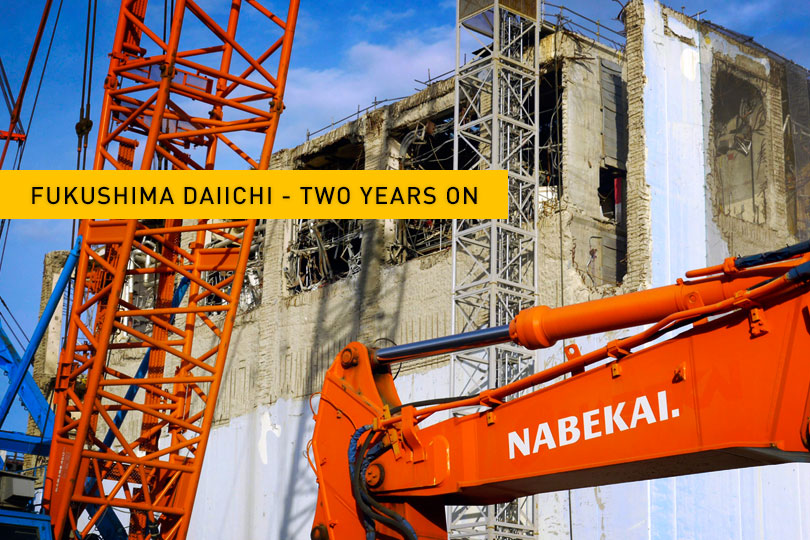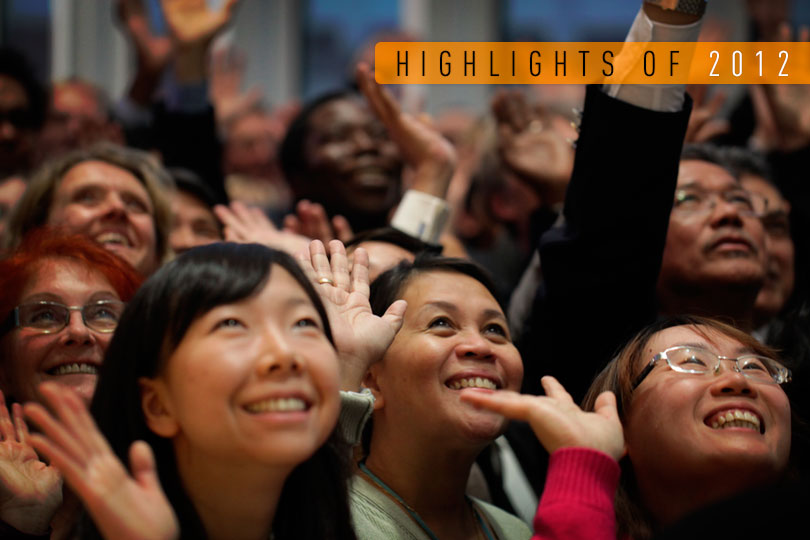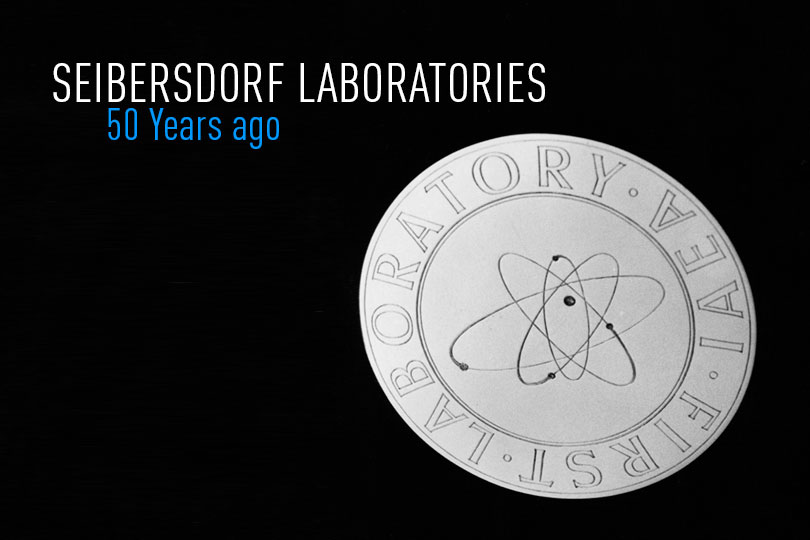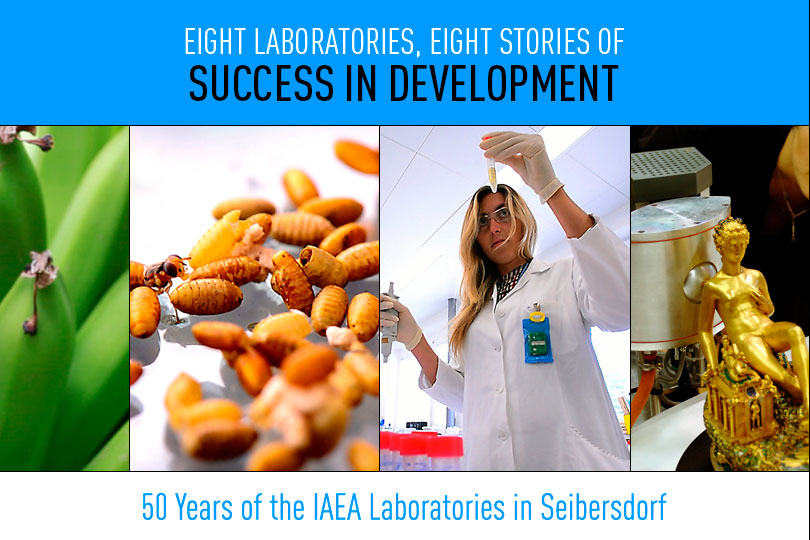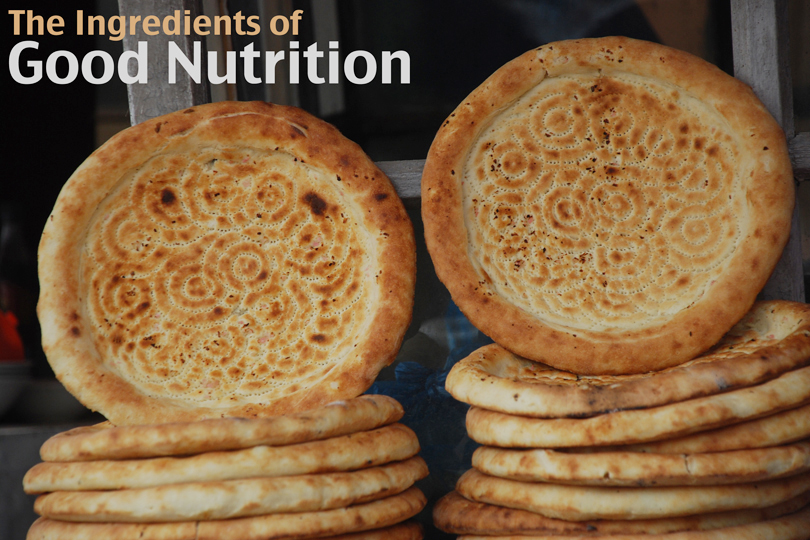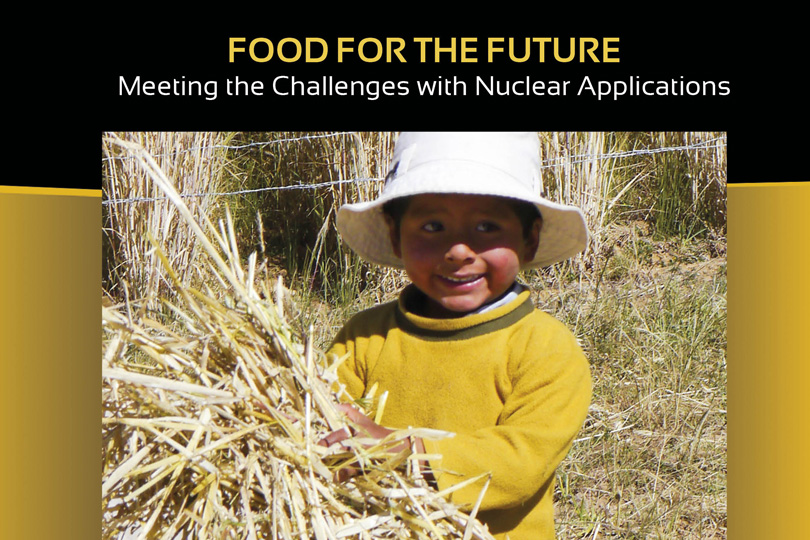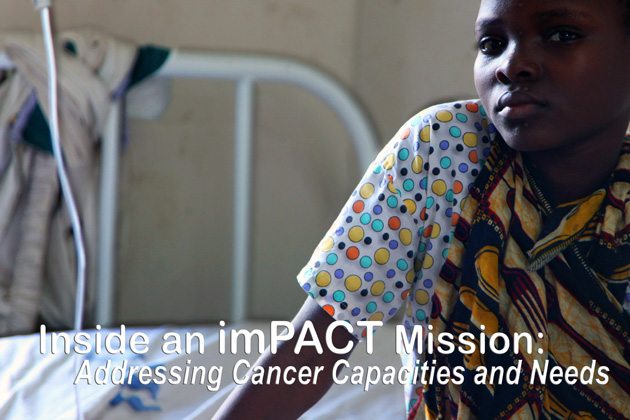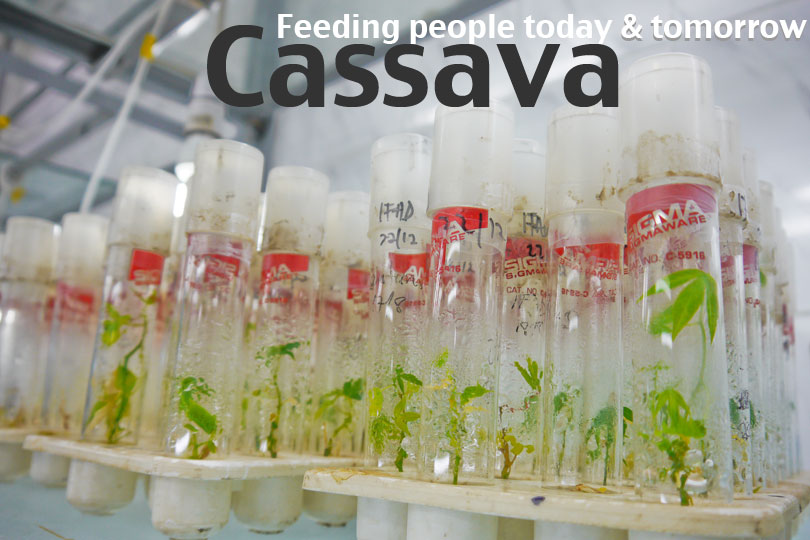Photo Essays
14/06/2012
Fighting Poverty With Energy Planning
Access to cheap, clean, reliable energy is a key factor in the struggle to escape poverty. The IAEA provides access to training, experts and funding in order to help more than 150 Member States plan their energy strategies. The photos were taken in Ghana, one of 83 countries the IAEA is assisting.
- ‹ anterior
- 14 of 20
- siguiente ›



